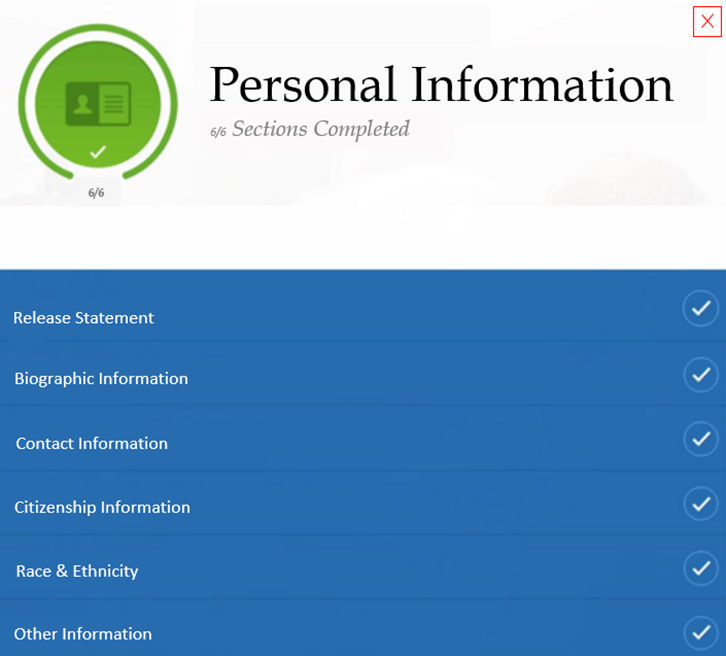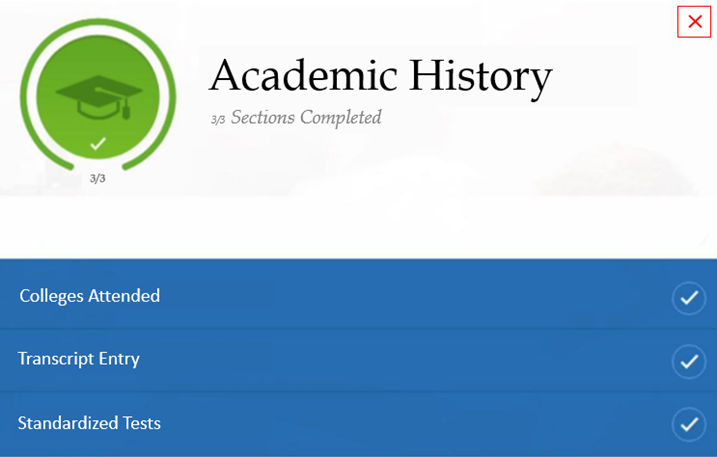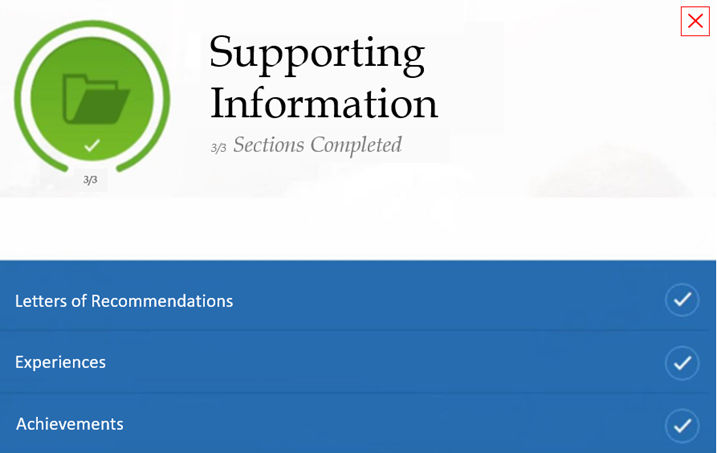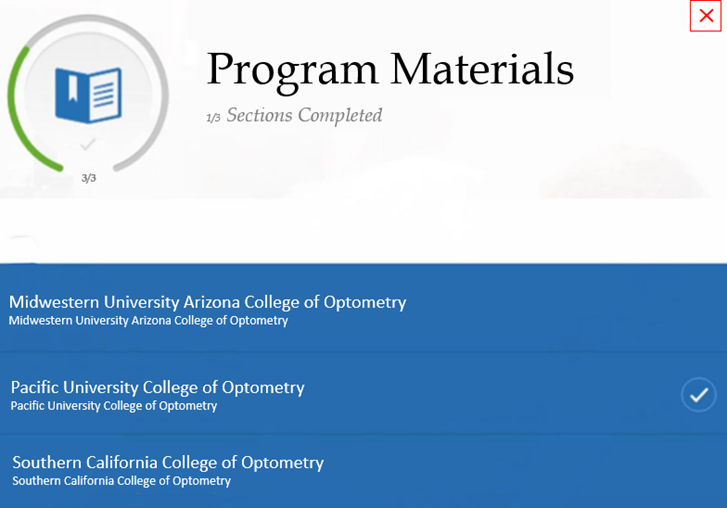
OptomCAS Application Guide
The Optometry Centralized Application Service (OptomCAS) is the platform used by students to apply to all 24 optometry schools in the United States. Through this service, applicants fill out one general application that is sent to all the optometry schools and colleges. Every year, the new application cycle on OptomCAS opens at the end of June and closes in May of the following year. US optometry schools accept students on a rolling basis, which means that the earlier you send in your application with all the required documents, the more seats will be available in the class and the higher your chances will be of being accepted into your dream optometry program. Trying to navigate the platform and start such a lengthy application process can be very overwhelming, so it would be a good idea to get a head start. In this article, we will preview the 4 main sections of the OptomCAS portal and how to best prepare for the application process.
I. Personal Information

The Personal Information section is broken down into 6 subsections: Release Statement, Biographic Information, Contact Information, Citizenship Information, Race and Ethnicity, and Other Information. These subsections are straightforward and easy to fill out, so it should not take you very long and will not require much preparation.
II. Academic History

Next up is the Academic History section. This includes outlining the colleges or universities you have attended with their corresponding dates, along with a section for requisition and submission of your corresponding transcripts. A good place to start when filling out this section is to double-check that you have either already completed the pre-requisite courses for the different optometry programs you are applying for or you are on track to do so. Some of the pre-requisite courses vary slightly between schools, so take some time to double-check the required courses for all of the programs you are applying to. In addition, there is a subsection for standardized tests, which allows for submission of your Optometry Admission Test (OAT) or Graduate Record Examination (GRE) scores. You will have to request and pay for both your transcript and official test scores to be sent to the OptomCAS portal. The process of sending and receiving these documents can take a few weeks, so make sure to do this as soon as possible. If you have not taken the OAT or GRE yet at this point, be sure to schedule it and allow yourself enough study time so that you end up with a score that you are happy with. For more information on the Optometry Admission (OAT), check out our other articles: How to Study for the OAT, How Is the OAT Scored, What Is a Good OAT Score and What to Expect on OAT Exam Day.
III. Supporting Information

This section is the one that will take the most time to fill out. It is split up into three subsections: Letters of Recommendation (LORs), Experiences, and Achievements.
For the LOR section, you are allowed to request and submit up to 4 reference letters. However, optometry schools usually ask for 2-3 references: 1 optometrist, 1 professor, and 1 work supervisor/other reference. The process of finding your references, reaching out to them, and waiting for your LORs to be submitted can take a while, so be sure to start this process in advance. For more information on how to ask for a reference letter, read our article here.
As for the Experiences and Achievements sections, you are required to describe the various accomplishments and opportunities you have taken part in throughout your undergraduate career. You can also include activities from high school if you continued them throughout your post-secondary education. For the Experiences section, you must provide information on the name of the organization, how long you were involved, your position, and a supervisor with contact information that can confirm your participation. For the Achievements section, you must provide information on the organization's name, the date of the award or achievement, and a short description of the achievement. Before you begin filling these two sections out, we would suggest that you use a spreadsheet or a separate form to organize all of this information. Doing so will help make the OptomCAS portal less overwhelming for you while allowing you to quickly reference back to any initiatives if needed. This will also allow you ample time to reflect back on your undergraduate or high school years in order to showcase your accomplishments to the best of your ability.
IV. Program Materials

This section varies depending on which optometry school(s) you apply to. The picture shows three schools that I chose to apply to during my application cycle, but the list can vary in length depending on how many schools or colleges you pick. Once you click on one of the schools on the list, you are brought to another form that asks for your personal statement. Every school will ask for your personal statement, which is a short essay outlining your inspiration, motivation, and basis of interest for pursuing optometry. Besides the personal statement, some schools will also ask for one or more supplementary essays, your resume, and/or a headshot. There are 24 optometry schools in the US, so if you need some insight on making your decision, take a look at our articles on choosing the right optometry school and optometry school statistics.
V. Conclusion
With the new OptomCAS application cycle opening up and the rolling basis of admissions decisions, it’s important to start on your application as early as possible. Hopefully breaking down the 4 main sections of the platform will help you get a head start on your application, whether it be your personal statement, reference letters, or just organizing all of your experiences and achievements. With that said, there is no better time to start than now – good luck this application cycle!